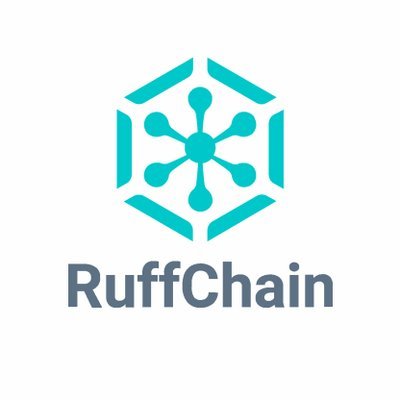
by Future Blockchain
Part 2: Main features of Ruffchain. Consensus mechanism
In my previous article I went through the current obstacles to develop an interconnected and trusted Internet of Things ecosystem.
Trusted interoperability between the different IoT equipment and devices is the main problem Ruff is trying to solve by combining its current IoT operating system with blockchain technology. The below features will make it easier for vendors to operate in an open ecosystem on Ruff.
Device control
Every “smart” device, built to be part of an IoT network, has its unique address, so when it is sold, the merchant can enter a specific code (private address) into the hardware package and inform the Control Center about it. The later then sends the device a bind command using this private address, which allows user to gain complete control of the device and its features giving the same rights to the Control Center. The center can then delete old hardware private key and save its own address. The main goal is to have a centralized and secured operations control over the IoT devices in the network.
There are three types of control suggested:
• Peer-to-peer control – Direct control executed by the control center. It operates the device by sending TX text commands with its own signature to the device.
• Chain-state based control – When no peer-to-peer connection can be established, the device can be “forced” to synch its status or control commands directly with the chain. The control center sends a specific command over the chain - a "state change" TX or "control command" TX. This can also be executed through a trusted light node (such as a bridge device).
• Automated control – Configure the use of a custom control logic through the Ruff console app built with traditional development language. This will also help reduce operational costs and risk of device failures.

Time sequence data
One of the main problems in isolated centralized networks is with data consistency in circulation processes, device lifecycle and overall availability. Ruff's edge computing node will apply timestamp data and will synchronize it as the core data value. Timestamps will be synchronized across IoT blockchain network, devices and nodes.
Consensus Mechanism
Like all blockchains, Ruff also has a consensus mechanism. The chose to use DpoS or Delegated proof of stake, where token holders in the entire network can select block producers through the voting system. Once selected, anyone can participate in block production. The DpoS uses real-time voting combined with a social system of reputation to achieve consensus. Their system produces a block every 9 seconds and at any given moment, only one producer is authorized to produce a block.
Security
The Ruffchain guarantees security and privacy thanks to blockchain encryption technology and decentralization. It is well defended against replay attacks (thanks to the use of time-stamp-based one-time tokens) and errors on the network. Once a fault is detected in main application node it will switch task to another node to guarantee the consistency of local application network. Additionally, the Ruff OS symmetric keys are not transferred directly on the network.
In Part 3 of the series, I will review the Ruffchain lightning chain differential mechanism, chain control and chain node types.
Social media
Twitter: https://twitter.com/Ruff_Chain
Facebook: https://www.facebook.com/RuffChainProject/
English Telegram: https://t.me/ruffchain
Official Blog: https://ruffchain.com/blog/
Future Blockchain
Medium: https://medium.com/@futurebchain
Twitter: https://twitter.com/FutureBchain
Telegram: t.me/Future_blockchain
Facebook: https://www.facebook.com/cryptofuturenews/
Steemit: https://steemit.com/@tst643